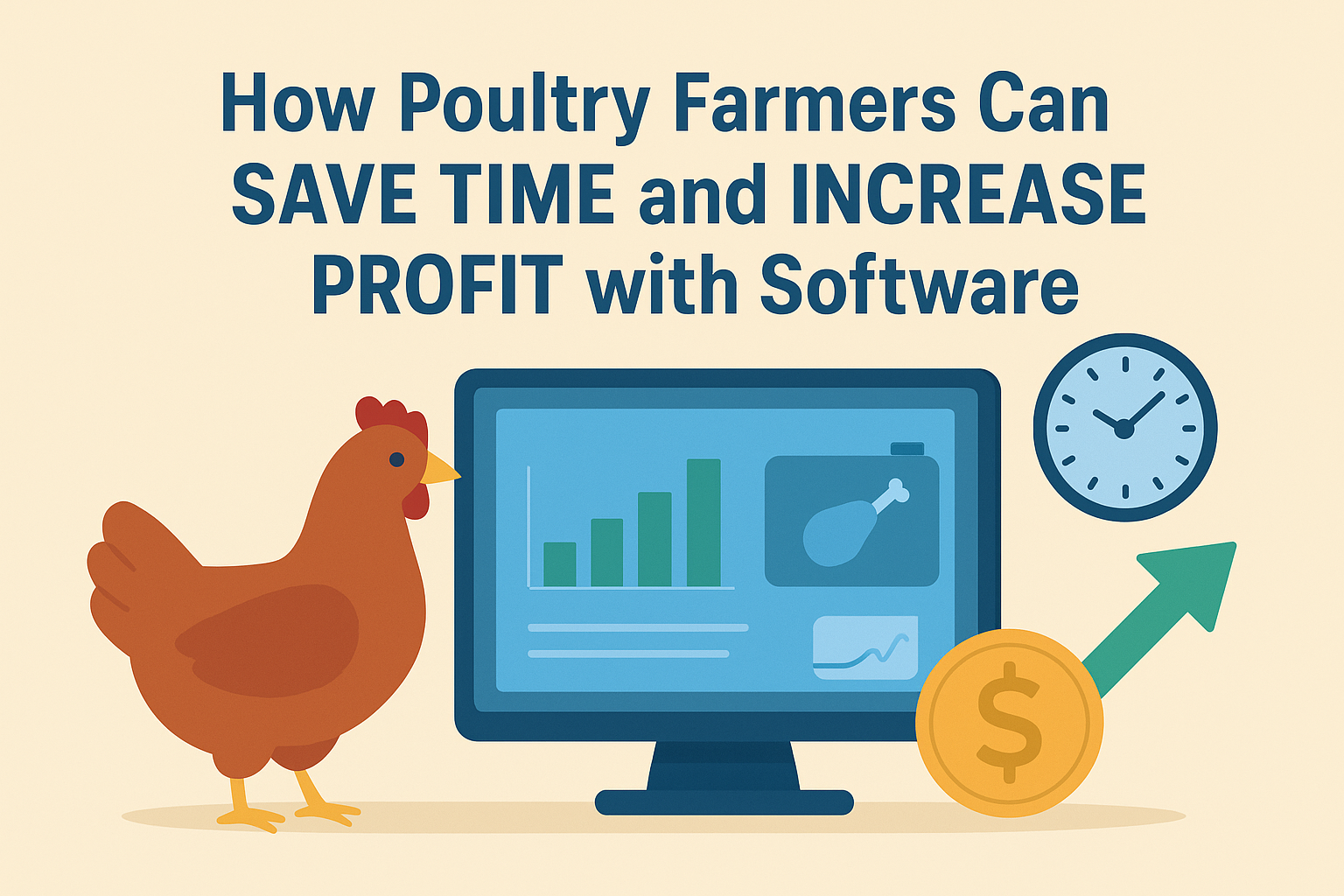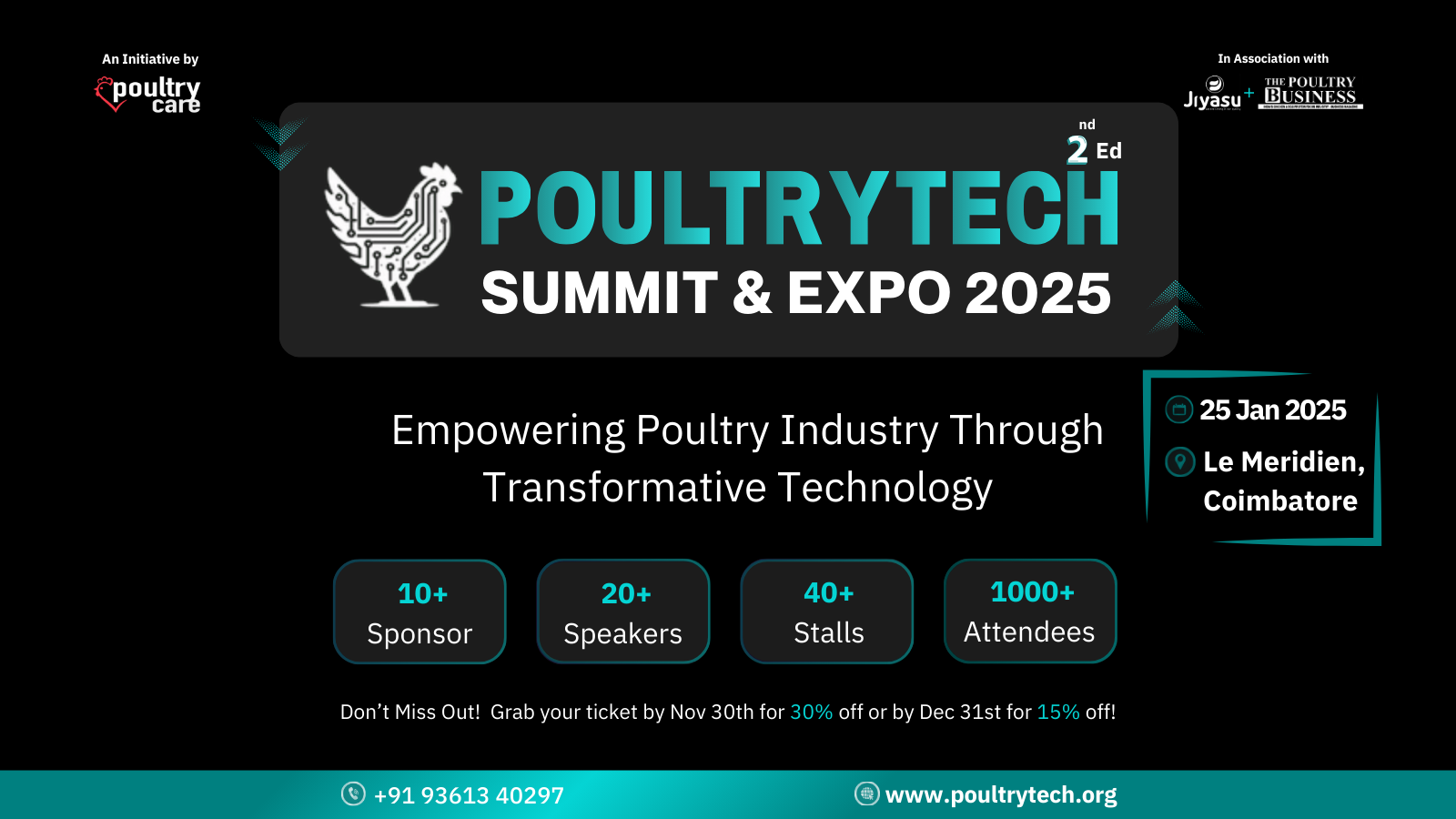In modern poultry farming, achieving consistent egg production and maintaining the health of your flock requires more than traditional methods. Farmers who rely solely on experience and guesswork often face fluctuations in production and rising costs. With changing environmental conditions, fluctuating feed prices, and increasing demand for quality eggs, adopting a systematic approach becomes essential.
This is where data insights play a game changing role. Using software driven farm management, farmers can make decisions backed by accurate data rather than assumptions. This method not only helps in reducing feed wastage but also ensures better production results.
Why data matters in poultry farming
In any poultry farm, feed accounts for a major part of the cost. If feed consumption is not tracked properly, even small variations can lead to significant financial losses. Farmers who do not measure or analyze data often face challenges such as uneven bird weights, lower egg yield, and higher mortality rates.
When you use a structured system to record and analyze feed intake, water intake, and production trends, you begin to identify patterns. For instance, if a flock consumes more feed but the egg output remains low, it is an early sign of inefficiency. Addressing such issues quickly can prevent further loss.
How software transforms feed management
Manual records often lead to errors and delays in corrective action. Software driven tools capture real time data from farms and make it easily accessible. This allows farmers to compare performance across batches and quickly identify underperforming flocks. By analyzing this data, you can adjust feed formulas, monitor health indicators, and optimize production strategies.
For example, if you notice that birds are consuming feed at a higher rate during hot weather but egg production drops, the data can help you introduce dietary adjustments to balance energy and nutrient intake. Without accurate records, such decisions would be based on assumptions, leading to inconsistent results.
Reducing losses through timely intervention
Data does not just improve production, it also prevents losses. Early detection of feed wastage, water leaks, or abnormal bird behavior can save thousands in operating costs. Software allows farmers to set alerts for unusual changes in feed conversion or egg output. These alerts give you the chance to take corrective action before the problem grows.
Timely decisions supported by accurate information reduce mortality and improve overall flock health. This ultimately leads to consistent egg size, better shell quality, and higher profitability.
Building a sustainable future with technology
The poultry industry is moving toward efficiency and sustainability. Consumers expect affordable eggs, but farmers face constant pressure from rising input costs. Data driven farming helps bridge this gap by improving productivity without increasing expenses unnecessarily. By using software tools, farmers not only enhance profitability but also contribute to reducing waste and ensuring animal well being.
Adopting technology does not mean losing the traditional knowledge farmers have built over years. Instead, it complements experience with accurate information, creating a powerful combination for success. Farmers who embrace this change are better prepared for market fluctuations, climate challenges, and competitive pressures.
The path forward for poultry farmers
Every farm has its unique challenges, but one principle remains common: you cannot improve what you do not measure. Recording and analyzing farm data gives farmers a clear picture of performance, allowing them to take informed decisions. With easy to use software solutions available today, adopting this approach is no longer complicated.
Farmers who take the first step toward data driven management often see improvements in feed efficiency and egg yield within a short period. By focusing on accurate measurement and timely intervention, you can secure better results for your poultry business while reducing waste and improving sustainability.





